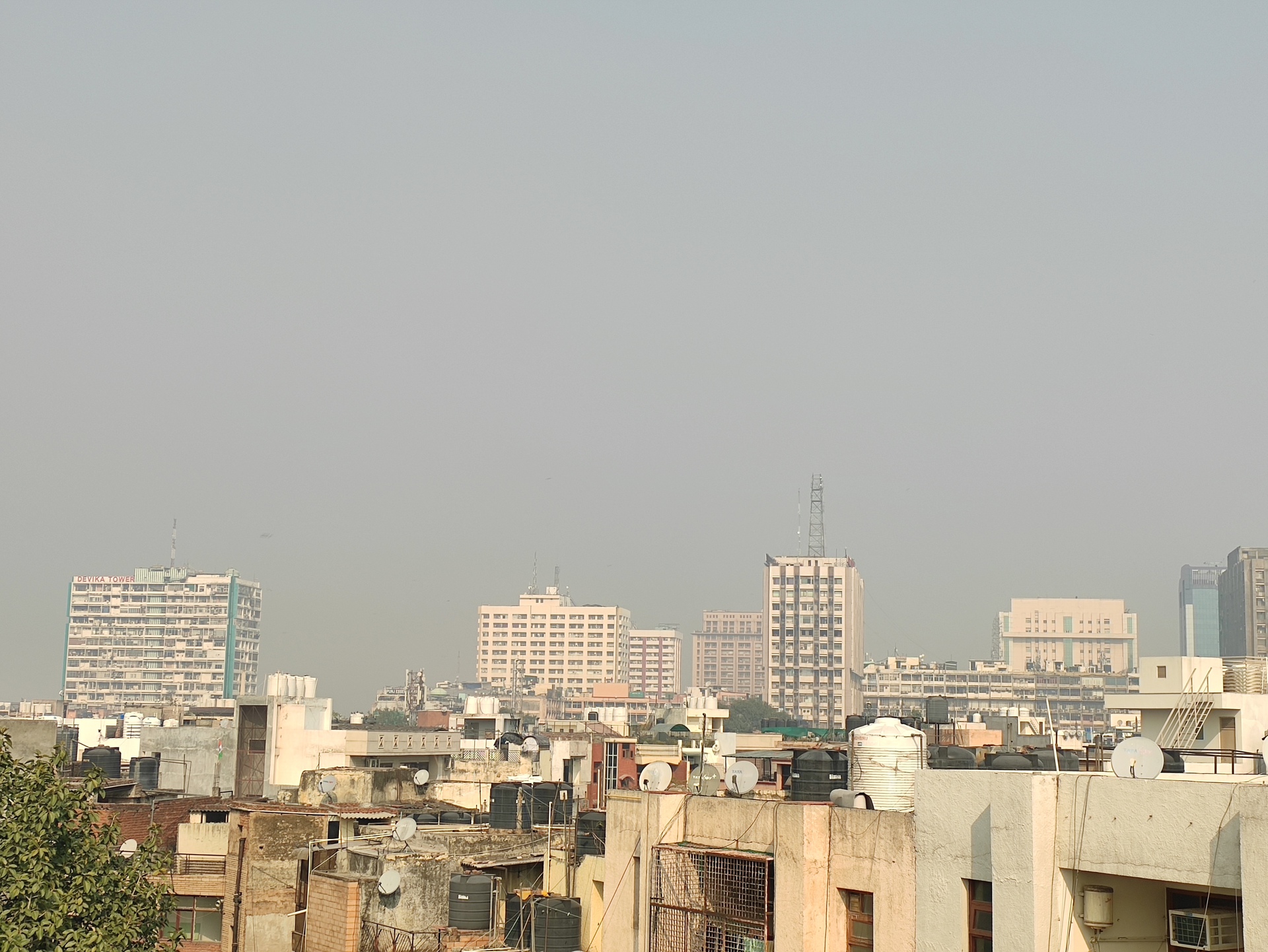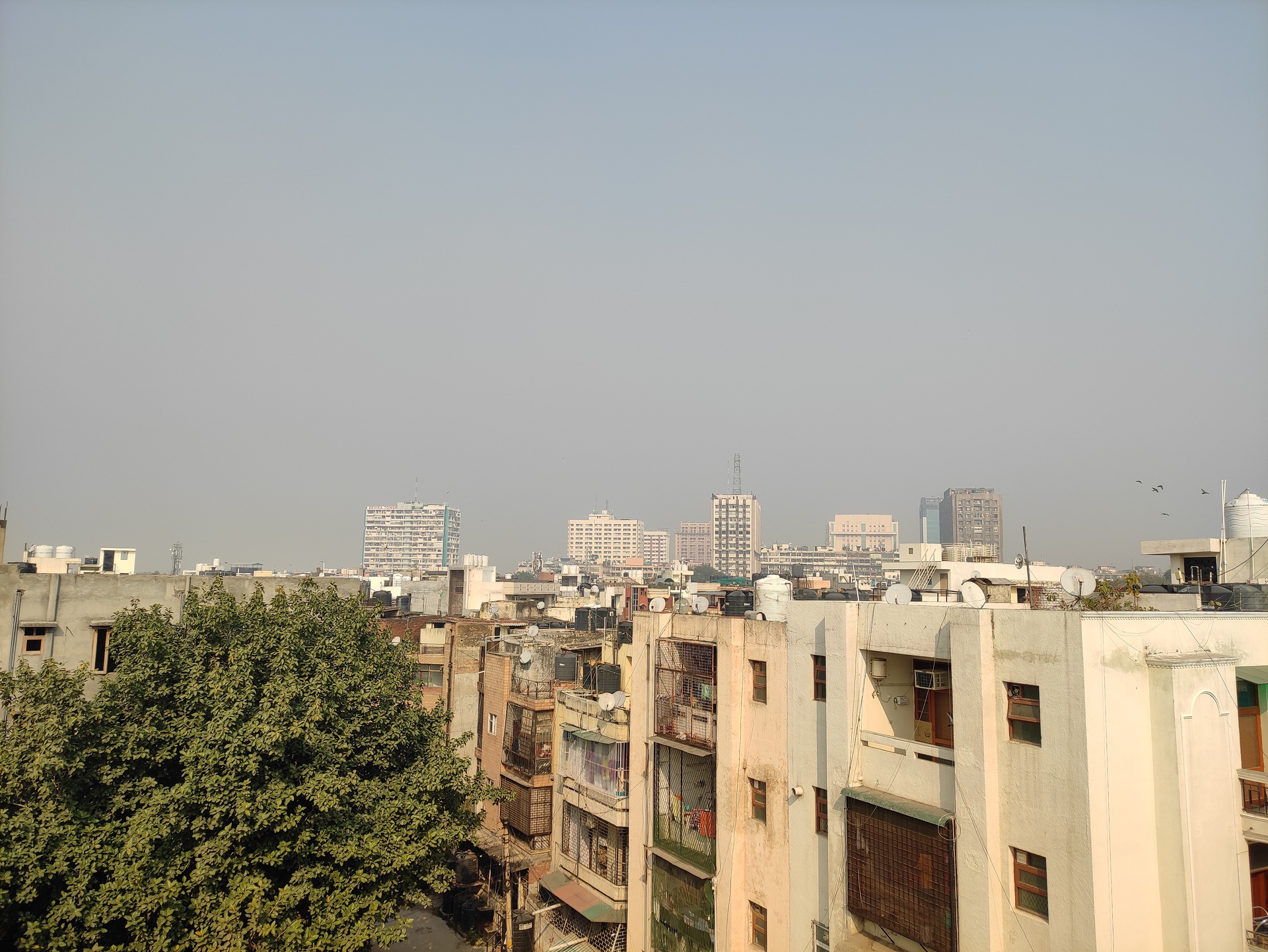To understand the importance of the Pocophone, you need to backtrack a bit. Launched in August 2018, the Poco F1 drastically changed the landscape of high-performance, value-priced smartphones. The promise was to deliver the best of specifications at a price point that would be appealing to all users. Starting off at under $300 in India, it certainly achieved it too.
However, the Poco X2 is a completely different beast. Introduced on the back of Poco being spun off into its own brand, the phone launches almost 15 months after the original F1. Many were questioning if there would ever be a successor. As it turns out, this is also not the Poco F1 successor that everyone was waiting for.
A near replica of the Redmi K30 launched late last year in China, the Poco X2 raises more questions than answers. I’ve been using it over the last few days to see what makes the phone tick. Here’s the Android Authority review of the Poco X2.
We’ll address the elephant in the closet. Yes, this phone looks exactly like the Redmi K30. In fact it was developed in collaboration with Xiaomi, which decided to launch the same hardware as the K30 in China. With that out of the way, the Poco X2 takes a massive leap forward over the F1. The original made it clear that compromises had been made to hit a certain price point; not so here. The Poco X2 is a thoroughly modern mid-range phone with all the trimmings that accompany it.

2019 saw Xiaomi stepping up its design game, and the X2 is a very clear reflection of that. The rear panel has a high-gloss finish in your color of choice. There’s a very subtle pattern to the design and up at the top is a design flourish that takes more than just a bit of inspiration from the Huawei Mate 30 Pro. The circular element around the camera is part of the same piece of Gorilla Glass 5. The finish doesn’t attract fingerprints and a quick wipe was usually enough to keep it clean.

The central mid-frame is made of plastic, with Gorilla Glass 5 on the front and the rear. The downside of using all that glass is that it makes the phone particularly slippery. Slipping on the included clear case gets around that issue though.
Other elements that stand out include the speaker grille at the bottom, a USB-C port for charging, as well as a headphone jack. The phone supports 27W fast charging, and the accompanying charger is included in the box. Over on the other side is a hybrid slot for dual SIM cards, as well as a microSD card should you want to expand storage.

The use of an LCD display necessitated the move to a more conventional fingerprint scanner. On the Poco X2, this is placed over on the right side of the phone. I really like it. I found my finger nestled perfectly on the fingerprint reader whenever I wanted to unlock the phone. While I’ve come to appreciate in-display fingerprint readers, those still aren’t as quick to unlock as a capacitive fingerprint reader and the one on the Poco is one of the fastest I’ve tried out.
The reliably quick side-mounted fingerprint scanner is a pleasure to use.
In other additions, the X2 gets a splash-proof nano-coating. Now, Poco isn’t claiming the X2 is water resistant, but your phone should be able to survive a few droplets in the rain or a spilled coffee.
Poco has made a big deal of the display on the X2, and for good reason too. The 6.67-inch IPS LCD screen has a refresh rate of 120Hz. Not only is that one of the highest amongst the current crop of smartphones, it is particularly intriguing to see it hit a decidedly mid-range price point.
I went in with a fair bit of skepticism towards the utility of a 120Hz panel, and honestly, after a few days of usage, I’m still not 100% convinced. While the screen is capable of a 120Hz refresh rate, it doesn’t necessarily mean that content is going to run at 120 frames per second all the time. This is true not just for games, but also for interface elements. The phone’s interface dynamically switches between 60 and 120FPS mode, and on occasion, this results in a bit of jank while scrolling.
When it works, it is refreshing to see incredibly smooth scrolling but I feel the software optimisation isn’t quite there yet to truly show off the hardware.

For day-to-day use, the screen is about as good as LCD displays go. It doesn’t have the deep dark blacks that are afforded by OLED panels and the colors certainly aren’t as punchy, but the calibration is fairly neutral and photographs and media look true to life. Add to that HDR10 capabilities, and you’ve got a capable media consumption device.
I found backlighting to be a bit uneven, and this is particularly noticeable in darker content. Overall brightness is sufficient to view the screen under the direct sunlight, but just about. I’d have liked a slightly brighter panel.

That uneven backlighting is also why Poco opted to darken the pill-shaped front-facing camera using software. Give it a close look, and you will see that there are two separate cut outs for the front-facing cameras. However, the uneven backlighting around the entire cut-out is unevenly diffused, which suggests that the company deliberately chose this approach for aesthetic reasons.

Over at the back, the Poco X2 has a mainstream quad-camera setup and a not-so-conventional dual-camera layout at the front. Options include a 64MP Sony IMX686 sensor as the primary camera, an 8MP ultrawide camera, as well as 2MP macro and depth cameras.
Honestly, I wish Xiaomi had opted for a telephoto lens over a much more niche macro use case. Moving on, up at the front, users have access to a 20MP camera paired with a 2MP depth sensor. The rear camera shoots 16MP pixel-binned results by default, but it is possible to switch over to a full resolution 64MP image should you chose.

I found results to be plenty good for the price, but the phone doesn’t set any new benchmarks in imaging prowess. Dynamic range continues to be fairly good, with shadow regions retaining a lot of detail. The natural-looking color processing is definitely a positive in my opinion, even though the color profile varies ever so slightly between the different modes.
 Poco X2 standard mode Poco X2 zoom
Poco X2 standard mode Poco X2 zoom 
In bright sunlight, the images are perfectly fine, and in fact, look quite good with limited noise reduction and grain. However I’d refrain from using the 64MP mode in anything but perfect lighting since it adds a bit too much noise to the mix. The Poco X2 uses the primary camera to offer a 2x digitally zoomed crop.

I quite like the ultra-wide implementation here. The focus in on point across the field of view, and the company has done a good job at distortion correction.

Elsewhere, the macro camera is functional. I’m still not entirely convinced about dedicating an entire camera module to one of these since you should be able to crop in from the high resolution sensor for similar results. It works well in good lighting, but gets reduced to a smudgy blur once lighting falls.

The portrait mode makes use of the dedicated 2MP depth sensor. While the bokeh fall-off is reasonably good, I noticed that the phone struggles around hair and creates a very artificial looking cut-out pattern. This is par for the course with mid-rangers, but I expected better from Poco.

04/02/2020 07:45 AM
04/02/2020 06:00 PM
04/02/2020 06:58 AM
04/02/2020 09:03 PM
04/02/2020 10:02 AM
04/02/2020 01:08 PM
04/02/2020 05:00 PM
04/02/2020 07:38 PM
2014 © Canadian apps and news